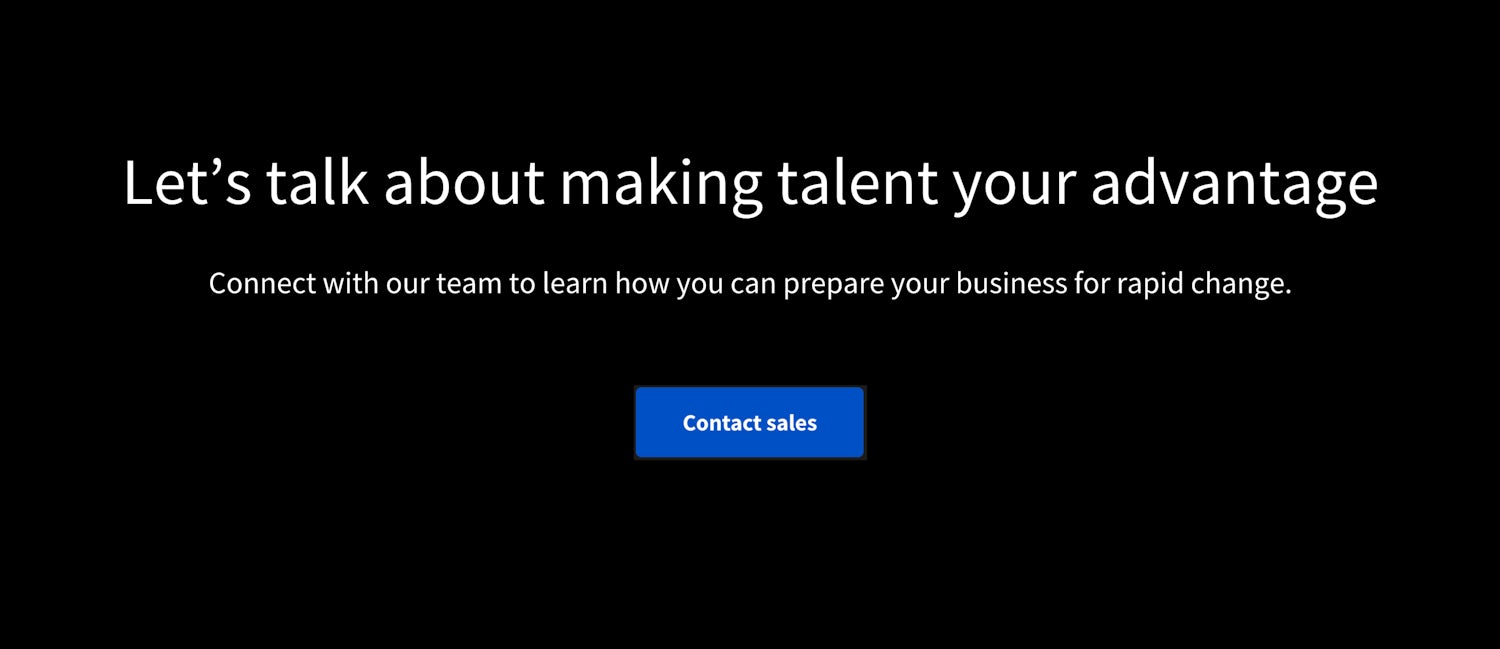What Is a Professional Development Plan, and How Do You Create Your Own?
If you're hoping to pursue a new career or advance in your current one, creating a professional development plan can be helpful. Use this guide to learn what a professional development plan is, its usefulness, and how to create one.
![[Featured image] Woman at a workstation working on a professional development course](https://d3njjcbhbojbot.cloudfront.net/api/utilities/v1/imageproxy/https://images.ctfassets.net/wp1lcwdav1p1/1b0SPg02n9gW28HzvGRbRs/d09914eb426e553261a32786ae68db21/GettyImages-1213787273.jpg?w=1500&h=680&q=60&fit=fill&f=faces&fm=jpg&fl=progressive&auto=format%2Ccompress&dpr=1&w=1000)
A professional development plan (PDP) is a document or visual aid that maps out your career goals. To help you attain your PDP goals, you'll specify what strategies you'll use, resources you might need, and target dates.
Why is it helpful to have a professional development plan?
Creating a PDP is the first step toward a commitment to following it. A professional development plan encourages you to think about what you want and helps you figure out how to get there. Having a PDP and regularly checking it helps keep you focused on your goals, which improves your chances of achieving them.

Questions to ask before creating a professional development plan
Before you begin developing a PDP, take some time to self-reflect to make sure you're on the right track. Ask yourself questions like these:
Where am I professionally right now?
Where do I want to be?
What skills and experience do I possess?
What skills and experience do I want or need?
What resources can I use to achieve my goals?
What is a realistic timeline for achievement?
How much time am I willing to commit to my goals?
Where can I turn for advice and support?
Steps for creating your professional development plan
Going through a few steps when creating a PDP can help guide your thinking and ensure accuracy. Everyone is different, so while this plan includes three steps, yours may consist of more.
Step one: Think about the goals you want to achieve and list them on paper.
Make them SMART goals, which means they should follow these guidelines:
Specific instead of broad
Meaningful so that your goals align with your core values
Achievable and realistic
Relevant to your particular career plan
Time-bound, so you have a timeframe and deadline to complete your goals
Step two: Write down your strengths and weaknesses.
Honest self-assessment is critical when creating a PDP. Some examples of strengths and weaknesses might include the following:
Strengths: good leadership skills, knowledge of accounting, creativity
Weaknesses: self-critical, fear of public speaking, procrastination
Step three: Create your professional development plan.
Make it legible and large enough to read it. Post your plan on a bulletin board, refrigerator, or cupboard, and refer to it regularly.

Professional development plan sample
Consider using a chart or table format when designing your professional development plan. Here is a sample of a professional development plan for someone who has decided to start a business. The main goal of preparing to start a business is breaking the plan down into smaller, more achievable goals.
Overall goal and mission statement: I want to start my own business. I need to develop a good skill set and be mentally and emotionally prepared to accomplish my overall goal.
| Goal | Methods | Resources | Target Date |
|---|---|---|---|
| Learn more about starting a business. | Read books, blogs, and magazine and newspaper articles. | Check online sellers for used books and explore free websites. | Read two books and five articles within six months. |
| Build my professional network. | Attend entrepreneurial events and trade shows. Join LinkedIn and reach out on social media. | Check local event websites and bulletin boards at the college business department. | Add 50 new contacts by the end of the year. |
| Improve technical skills. | Explore different types of software like CRM (customer relationship management) and email marketing tools. | Check for online training courses. | Learn at least two new skills by the end of the year. |
| Develop personal skills (communication). | Get expert advice. | Check for webinars on building communication skills. | Attend a webinar within six months. |
| Boost my social following. | Be more active on social media, blog, post high-quality material, and interact with followers by adding fun polls and quizzes. | Read online articles about building a social presence. Get a smartphone with a better camera. | Gain 50 new followers within six months. |
The importance of visual goal-setting
Posting your professional development plan where you can see it regularly might help ensure success in goal achievement. For extra fun, consider supplementing your PDP with a vision board, which is a poster board covered with images representing your vision for your career. According to a study conducted in 2016, vision boards can help people flesh out, define, and focus on personal and professional goals [1].
Additional tips for setting and achieving goals
For additional help with goal setting and achievement, take advantage of a few extra tips:
Make yourself more accountable for your goals by sharing them with one or two people you're close to.
Avoid becoming overwhelmed by focusing on one goal at a time.
When discouraged, remind yourself why you set these goals in the first place.
When you achieve a goal, practice positive reinforcement by rewarding yourself. If you need reward ideas, consider treating yourself to a massage, a new hairstyle, or dinner on the town.
A few final points to remember
Once you've created a professional development plan, it's important to remember a few key points:
Your plan is flexible. Just because you've created a visual plan doesn't mean you can’t change it. If unexpected opportunities or challenges pop up, you can always adjust your timelines, return to the drawing board, and start again with a new PDP.
Your plan is for you. Even though others may occasionally influence your decisions, put yourself first when designing your PDP—not your partner, boss, coworkers, friends, or parents.
Next steps
If you're looking for a valuable specialization to add to your professional development plan, consider enrolling in the Adapting: Career Development Specialization offered by Macquarie University on Coursera. This specialization includes a series of courses: Improve Yourself Always, Build Personal Resilience, Your Career Your Life, and Become a Global Citizen. With a two-month projected completion period, these courses enhance personal and professional skills, and you will earn a shareable certificate.

Article sources
Burton, Lisa M. and Lent, Jonathan. "The Use of Vision Boards as a Therapeutic Intervention,.https://www.semanticscholar.org/paper/The-Use-of-Vision-Boards-as-a-Therapeutic-Burton-Lent/b3cdb31fd8d694e0bd6f5a73416290f7ed2681dc.” Accessed October 25, 2023.
Coursera Staff
Editorial Team
Coursera’s editorial team is comprised of highly experienced professional editors, writers, and fact...
This content has been made available for informational purposes only. Learners are advised to conduct additional research to ensure that courses and other credentials pursued meet their personal, professional, and financial goals.